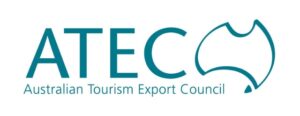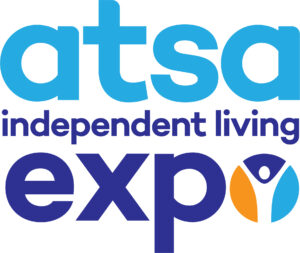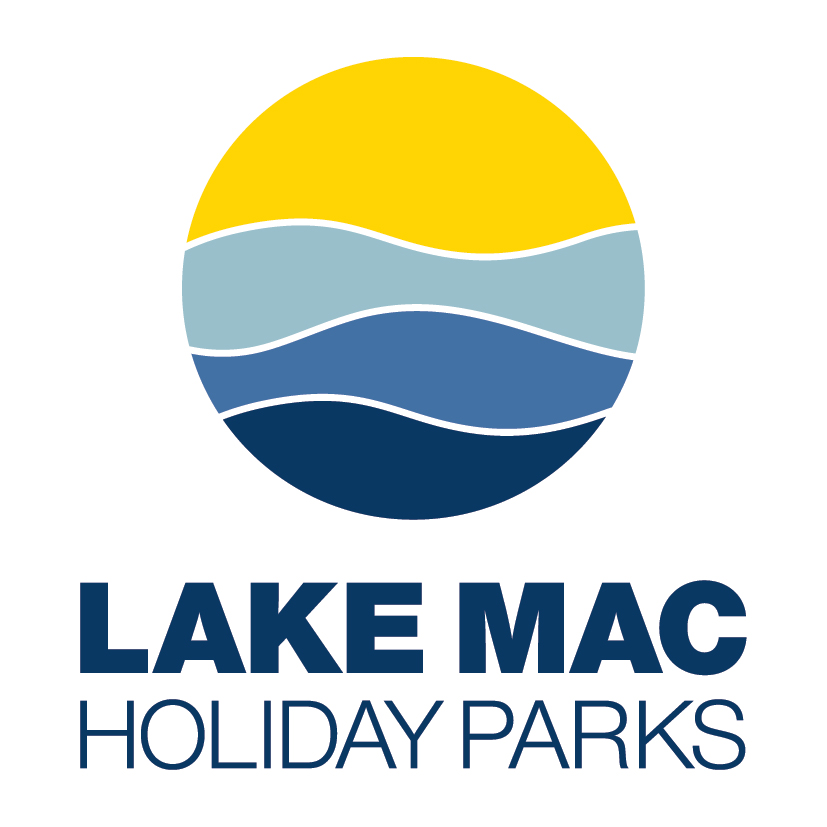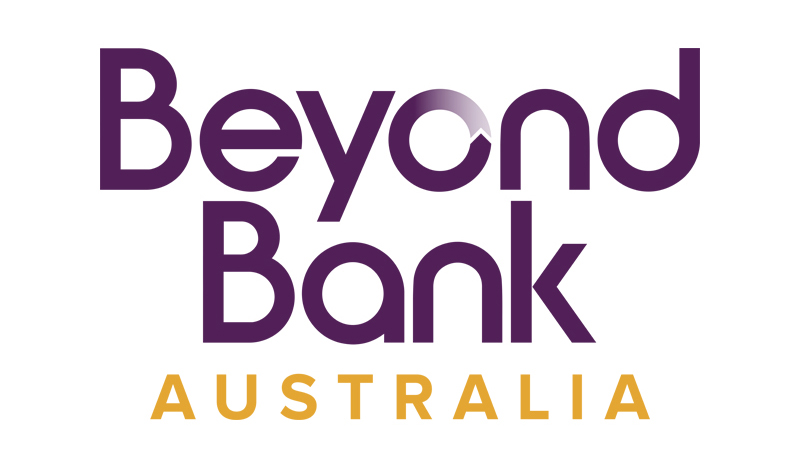AITCAP 2022 – Day 3 | May 24th | Highlights
BUILD
The third day of AITCAP 2022 demonstrated the importance of cooperation when building and promoting an accessible destination with those who are currently undertaking the journey and there’s still more to come!
We’ve gathered some highlights for you!
📜 QUOTE OF THE DAY
"We need to constantly remind ourselves not to segregate when starting to talk about inclusivity [...] people with access needs really a part of our community and need to be included amongst all of our promotion and marketing, not like a separate sector."
Coralie Bell, Shoalhaven City Council
✈️ KEY TAKEAWAY
In the words of Melissa James: “It’s a marathon, not a sprint! There will be some quick wins to improve access and customer service immediately. And a long term focus with future planning will create a truly accessible property or destination”.
It’s important to just get started, but incorporate accessibility and inclusion into your strategic planning to leverage the full social and economic benefits of going down this path and to bring staff, partners and funders along with you.
Developing an accessible tourism plan helps with the ideation process
That’s what Sasha Job called the process of envisioning what your accessible and inclusive business could look and feel like, identifying problems and solutions, setting goals and measuring outcomes. A crucial part of this process is working with people with access needs in your local community – as Coralie Bell said in that same panel “Find your local heroes and let them speak for themselves”.
Don’t view travellers with accessibility as a separate segment of your market!
One simple example is the family market. Tourism Australia’s research shows that across all sectors of the tourism market there is a large increase in multi-generation family groups. And as Petero Manufolau said “It doesn’t make sense that we tend to the family market without addressing a key aspect of it, which is accessible tourism” – think about prams, family members with mobility issues, kids with autism…
So, incorporate information for people with accessibility needs throughout your marketing communication and product information. Ryan Smith gave a lot of great tips in his 15-min masterclass about that and summed it up by saying “Make sure that it’s not just tokenistic. Do it from the heart, make sure that you want to welcome people with access needs”.
You don’t have to do it alone
There’s a wealth of resources, organisations and networks for you to connect with. Start with your local Council, tourism organisation, chamber of commerce… you’ll be sure to find like-minded entrepreneurs and together you can seize the opportunity of “accessible and inclusive tourism as a way to share knowledge and grow the pie”, as Pankaj Pradhananga said. Hear more about the benefits of collaboration at all levels in the last panel of day 3.
Greater accessibility and inclusion benefits both visitors and host communities
The investment and infrastructure supporting accessible and inclusive tourism benefits the communities in these destinations year round. Ben Aldridge put it this way “Instead of focusing on specific solutions for specific disabilities, we need to start focusing on solutions for the whole community.” It is the path to making tourism a driver of your destination’s economic development, environmental conservation, cultural preservation and social wellbeing.
We’ll leave you with the words of a convinced tourism provider, Rebecca Beaton, manager of the Riverside Holiday Resort Uranga, “We had no idea of the possibilities that being accessible would bring to us. We’ve won multiple awards, we’ve been successful in applying for grants of almost a million dollars, and we couldn’t be any prouder of what we’ve achieved.”
Missed it?
Don’t forget we are hosting our last Zoom coffee chat on Thursday 26th at 4 PM AEST for attendees to connect.
Keep an eye on your email for the invitation!
Want more?
Next week we continue with more valuable insights from experienced experts! Invite your colleagues & friends to improve their accessibility & inclusiveness.
On Thursday 26th, hear from disabled travellers and discover some of the best accessible & inclusive places in the Asia-Pacific and fantastic travelling tips. Sharing their experiences & insights will be Jezza Williams, Min Kyung Kim, Lorraine Woodward, Matt Levy and many more!













